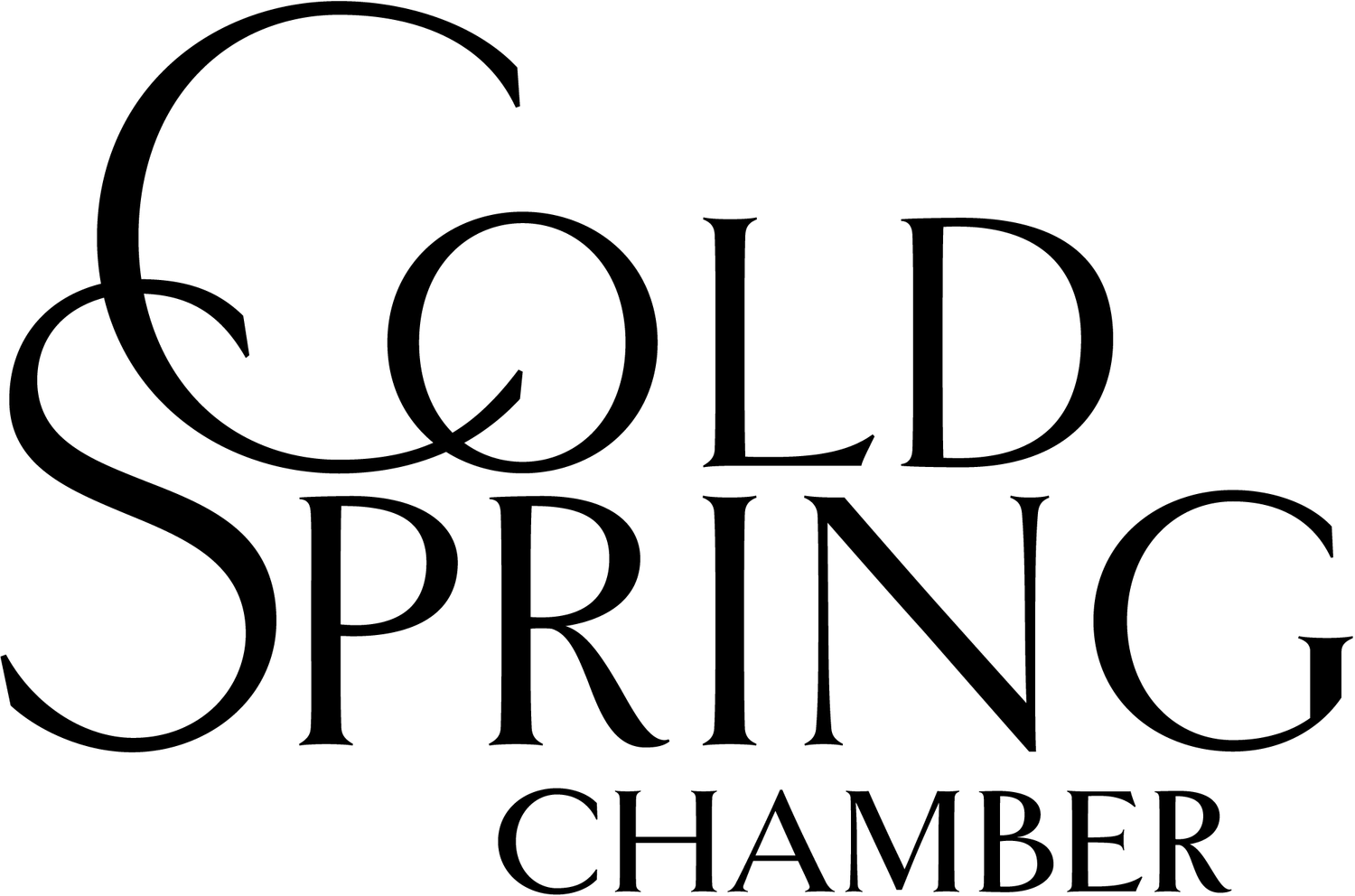Trolley Committee Progress Report
When members of the Cold Spring Chamber of Commerce volunteered in January 2019 to form a committee addressing the seasonal trolley service operated by Putnam County, they were excited about what the trolley could be: public transportation to take visitors and local residents the area’s rich outdoor and cultural attractions, and Main Street. The group’s goal was to improve the trolley’s usability and increase ridership.
The trolley committee is led by two co-chairs: Rebeca Ramirez, who has community trolley management and planning skills under her belt from her past life in Brooklyn, and Ann McBride-Alayon, who has graphic-design skills crucial to making a service like the trolley more user-friendly. The committee pinpointed the following areas for action:
Signage and other forms of communication should be created to inform riders and give them confidence in the trolley’s reliability.
Public awareness should be raised so that visitors and the local community understand that the trolley connects the region’s walkable Main Streets to distant cultural institutions.
The route, map, and schedule should be simplified through coordination among the Village of Cold Spring, the City of Beacon, and the Putnam County Department of Planning, Development, and Public Transportation.
This past week we saw progress in the area of public awareness when the trolley was featured in The Highlands Current in a front-page story, “Trolley Struggles to Get on Track,” and in a second article, “Turton Takes the Trolley.” The stories highlight the challenges that the Chamber’s committee has been working on since January.
One of the first things the committee learned when it started was that major elements of the trolley — the vehicles, schedule, and route — were set for the year, mostly by federal requirements, and could not be modified.
The committee therefore focused on a feasible goal: creating an appealing logo that people would recognize whenever they encountered something related to the trolley. Consistent use of such a logo would make maps, signs, and so on, easier to understand. Ann McBride-Alayon designed this graphic:
Next we wanted to provide the public with materials to explain this year’s route and how to ride the trolley. Using information provided by the Putnam County transportation department, the committee designed and produced a printed schedule and map for the summer season, which the Chamber paid for.
Signage at trolley stops was also a top priority, but we quickly realized that this goal was more complicated than we anticipated. A sign may not be posted at any stop on public property, such as in the village, without approval by the local government. This requirement prevented action this year, but we will continue to advocate for signs and to help local officials and the county transportation department agree on locations for stops.
Now we turn our sights to the design of markings on the exterior of the trolley vehicle to define it as public transportation. The current absence of markings discourages ridership. Potential riders have no way of knowing what organization runs the trolley, where it goes, how much it costs, and so forth.
We also plan to conduct a public survey to gather data on how the trolley can best serve the community. Look for Rebeca, Ann, and other members of the trolley committee offering the survey outside Foodtown and on the street, or take take the survey online. Join the conversation!


